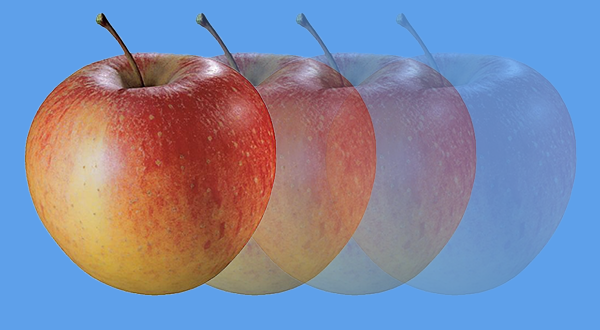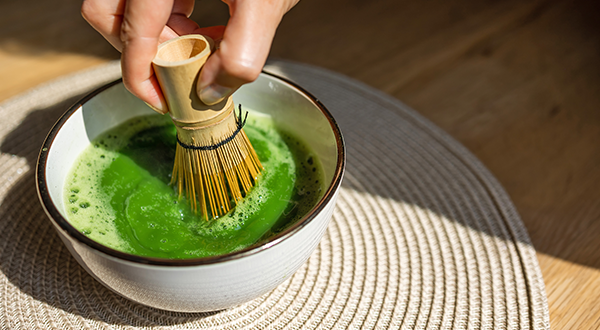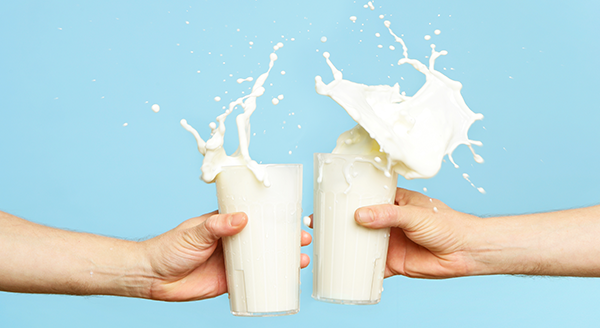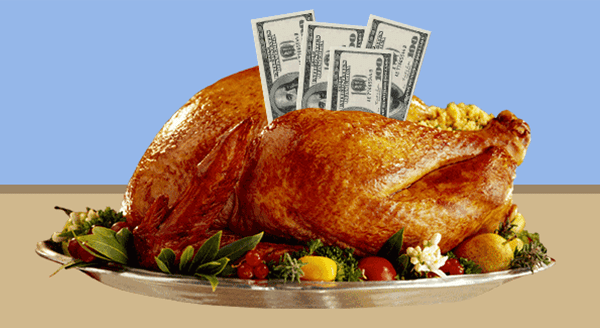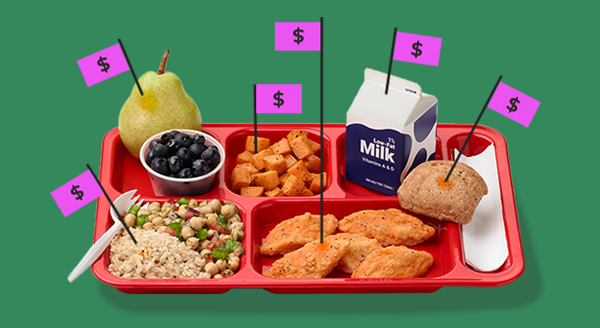Chocolate is selling at record highs. But for West African cocoa farmers, it’s not exactly a windfall.
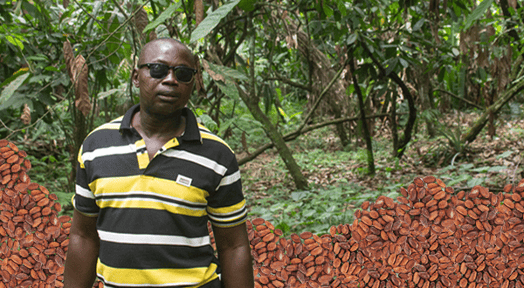
In a small town near the border of the Osun and Ondo states of Nigeria, Olasunkanmi Abdulwahab, known to everyone as Baba, watches cars zoom by on the road. When a lorry trudges past us, we can smell its contents: sharp, musty, earthy. It’s cocoa — one of the most valuable crops in the world in recent months.
As Baba’s eyes trail the truck into the distance, he estimates the bounty.
“That is 33 million naira crawling on,” he says, the equivalent of ~$26k.
On this morning in March, cocoa futures reached 12k per kilogram or 12m naira per metric ton (~$9.6k), more than 3x its price in the last quarter of 2023 and nearly 5x more than in the last quarter of 2022.
North Americans and Europeans noticed the uptick around Easter, when the prices of popular chocolate products were up as much as 50%. Some analysts suggest chocolate may end up a luxury product, at least for the near future, as sellers like Hershey and Mondelez raise prices.
The Hustle
But for farmers in West Africa, where the majority of the globe’s cocoa is grown, the higher prices have been a mixed blessing. While rejoicing over the soaring rates, they’ve been held back by severe weather, rising rents, and government price regulations. Some farmers, like Baba, have invested in their farms, hoping the record prices will continue for this fall’s harvest.
Higher prices and higher rents
Baba talks about the price increase like it was bound to happen. And it basically was.
In 2022, Russia’s invasion of Ukraine led to roughly half of Europe’s fertilizer production going dormant. Fertilizers became cost-prohibitive to most West African farmers, says Baba, who stopped using fertilizer completely.
At the same time, radical weather patterns didn’t help. El Niño brought heavy rainfall followed by heat and drought, devastating cacao trees. Cacao trees grow fruits called pods that are filled with cocoa seeds (or beans) that can be processed into chocolate.
By early 2024, months after the fall harvest, it became clear farmers had far fewer crops than normal. Compared to the originally predicted output for the 2023-24 season, cocoa production is expected to fall by:
In Côte d’Ivoire, the first quarter output this year was 29% lower than the same period in 2023.
The Hustle
On Baba’s primary farm in Nigeria, he ended up yielding two metric tons of cocoa last year, about one metric ton less than normal.
“You work the same, the trees just yield less,” Baba says.
In 2023, cocoa sold at an estimated 50% more than it had the year before in Nigeria, but the increase wasn’t enough to protect Baba from the country’s severe inflation and economic malaise. By the time Baba was done tending to expenses and getting ready for a new growing season, he had no expendable income left.
His story isn’t uncommon, as the soaring chocolate prices in Europe and the US didn’t match what farmers saw throughout West Africa.
Countries like Cameroon and Ghana set fixed prices for cocoa farmers called farmgates. When prices are low, these measures help protect farmers, most of whom do not earn a living wage in Ghana. But the farmgates were set before the market spiked, with prices for farmers in those countries at about one-third of what cocoa fetches on the open market.
Baba stands near one of the seedling clusters in the nursery near his farm. (Olatunji Olaigbe)
On top of that, rent and property rates have increased.
In the past years, Olowolagba Rafiu has paid an annual rent of 150k naira (~$120) on three hectares of farmland. This year, his landlords asked for 500k naira, and he was able to negotiate down to 350k. Baba typically pays a tax of 30k naira on his land; this year he’ll be paying over 100k naira.
Meanwhile, during last year’s harvest season, theft got so bad that farmers in some communities set up security task forces to prevent pods from being stolen directly on trees in the forests.
“When it became hard to steal pods directly from the tree, they started stealing beans left outside to dry,” says John Achidi, a Cameroonian farmer. “You get to farm in the morning and find all your trees stripped bare.”
Optimism and investments for 2024
Still, as West African farmers plan for the fall 2024 harvest, many see green shoots.
In Côte d’Ivoire and Ghana, the government is planning to increase farmgate prices by as much as 50%. And Nigerian farmers are trying to cash in while cocoa prices are still inflated.
Rafiu invested in fertilizers for parts of his farms that he neglected when prices were high.
Taiwo, a 28-year-old farmer who works for a cooperative cocoa farm in Abeokuta, Nigeria says the farm has over 30k seedlings in the nursery, up from the 10k they usually average per year. Achidi says he’s planning to farm a new parcel of land starting next season.
Taiwo tends to newly planted seedlings in the nursery area of his co-op farm. (Olatunji Olaigbe)
But will it be a dead end? Yusuf Abosede, head of Landmark Farmbiz, an international agro-trade firm, says the increased productivity will reduce scarcity and prices, albeit to levels still higher than most farmers are accustomed to.
“There’s no way you go from 12k back to 3k per kilogram, but things will come to around 5k per kilogram by the end of this year,” he says.
There’s also a question of how much cocoa West African farmers will be able to produce in the future. The crop is native to Latin America but was introduced into the region from colonists, becoming a significant cash crop in the mid-20th century.
Although cocoa grows particularly well in the forests of West Africa, studies show that climate change and environmental damage have caused the West African forest regions to endure weaker rains and longer dry seasons.
“We sometimes forget that cocoa is not native to West Africa; it’s not hardy like our indigenous crops,” Abosede says. “[If there’s] small discomfort… production plunges by a ridiculously wide margin.”
In Nigeria, Baba has worked through record heat and spasmodic, severe rainfalls. He would have sprayed to prevent moss during the periods of high rain, but the herbicide he needs has increased from ~40k naira per gallon in 2018 to over 250k naira.
This spring on his farm, the only cacao plants fruiting were the ones on the most fertile land at the edge of the rivers and water beds.
Pods fruiting on one of Baba’s cacao trees. (Olatunji Olaigbe)
Despite the challenges, the record-setting prices for cocoa have imbued him with optimism. With hopes of a higher payday this year, he splurged by buying fertilizer and herbicide and investing in new seedlings to replace dead trees and expand the farm.
On that day in March, after the lorry passed, Baba made a sharp turn into an almost invisible trail by the roadside, into one of his cocoa plots in the forest.
“Of all the things you can plant in this world,” he says, “cocoa is the best.”
Food


